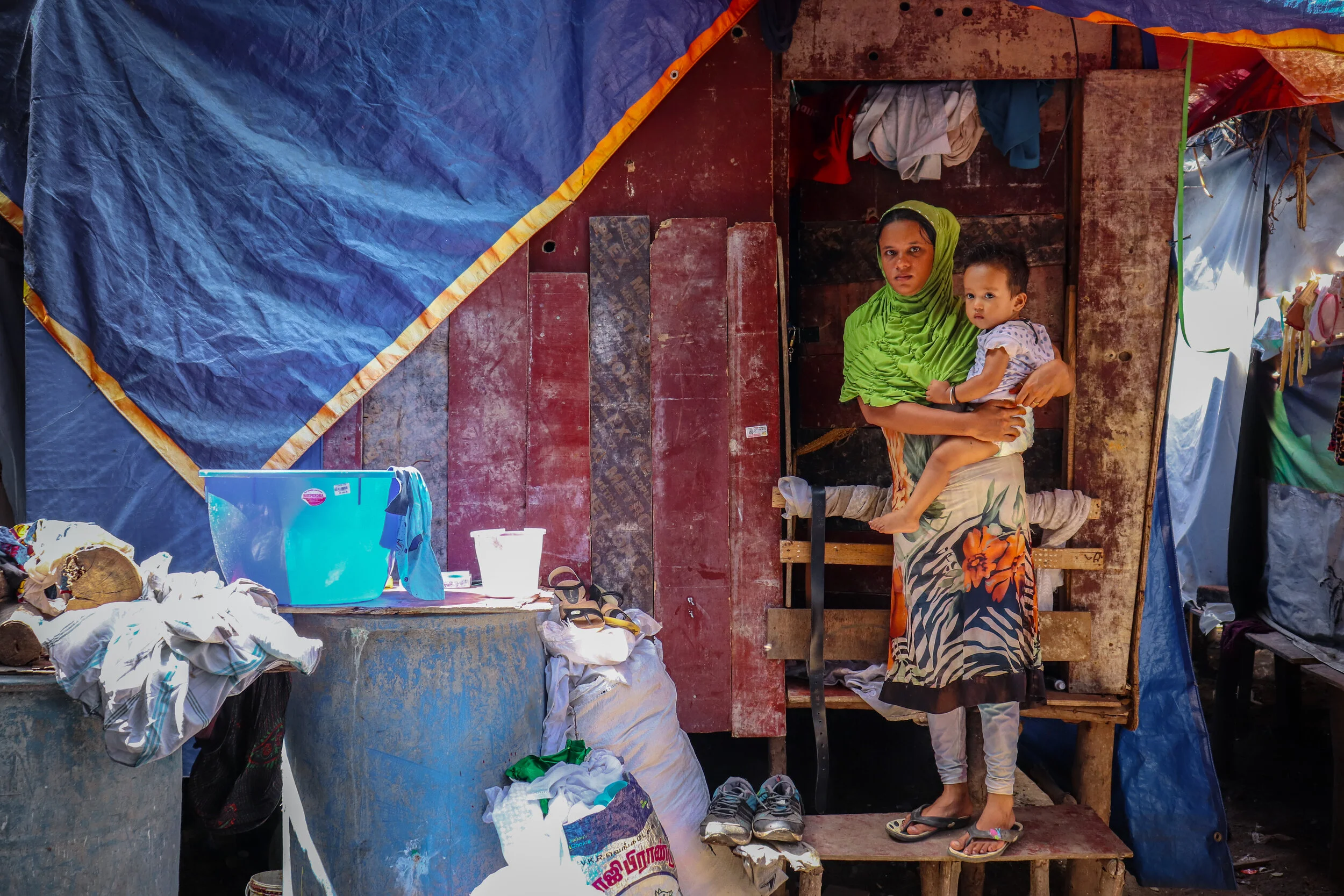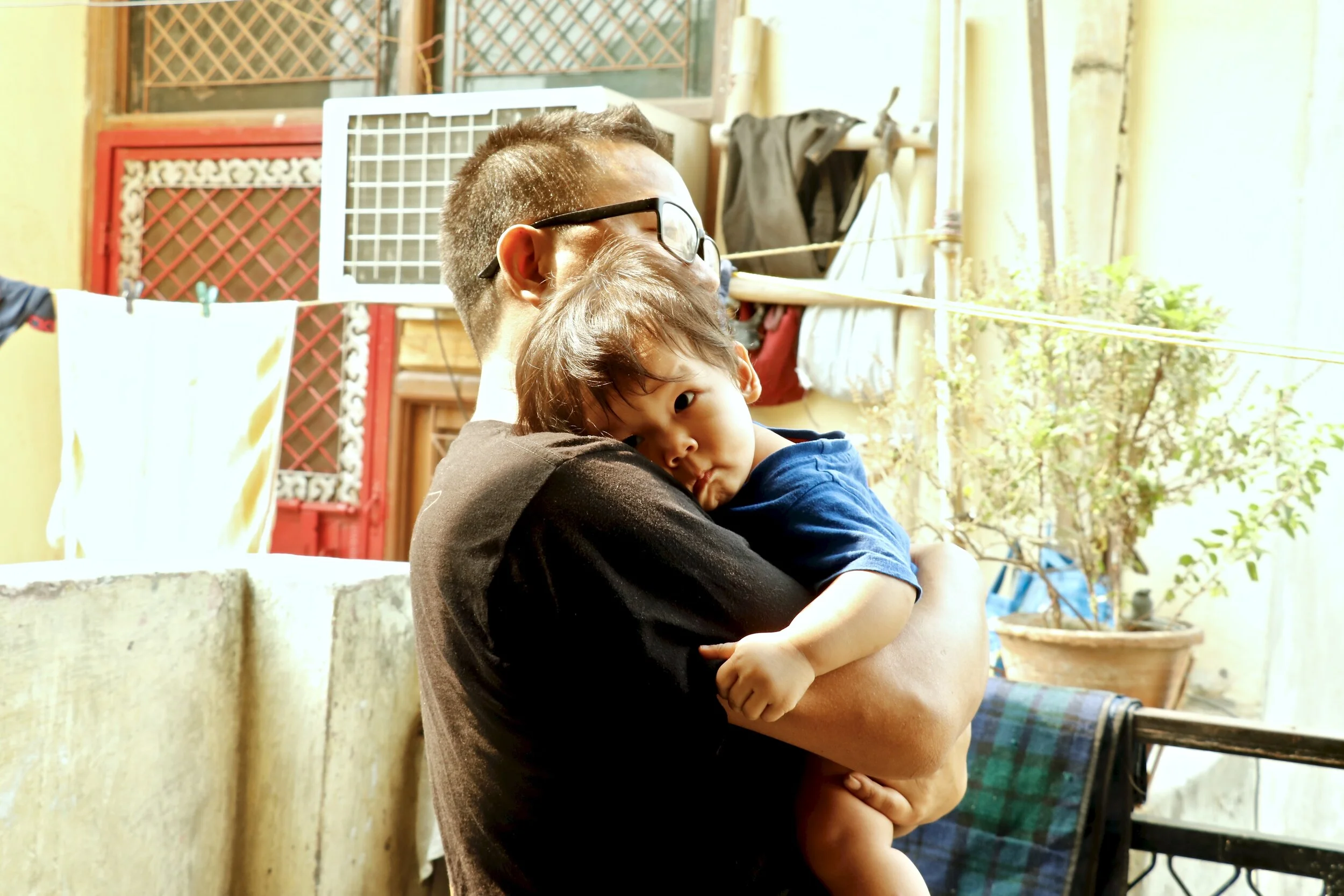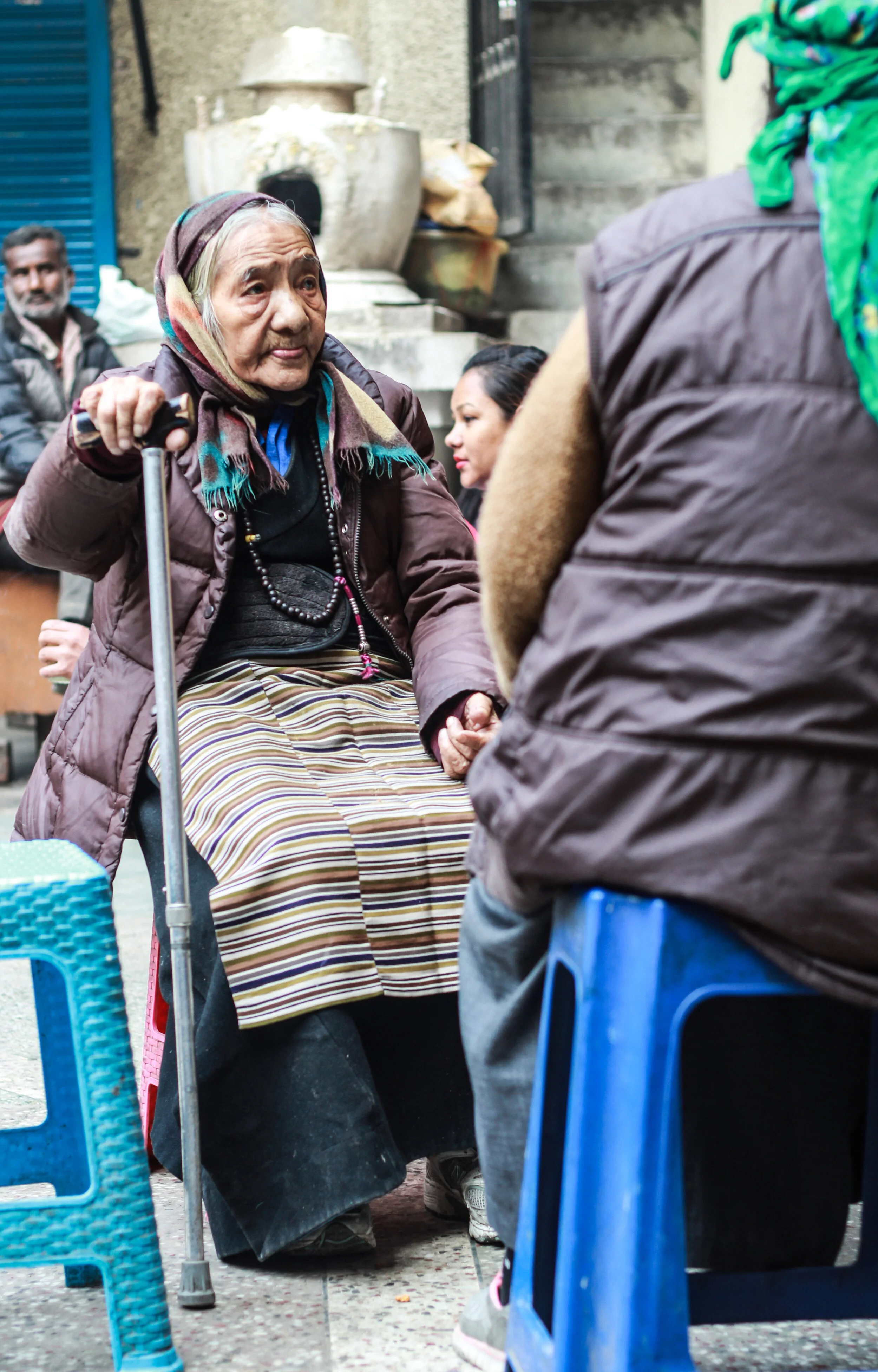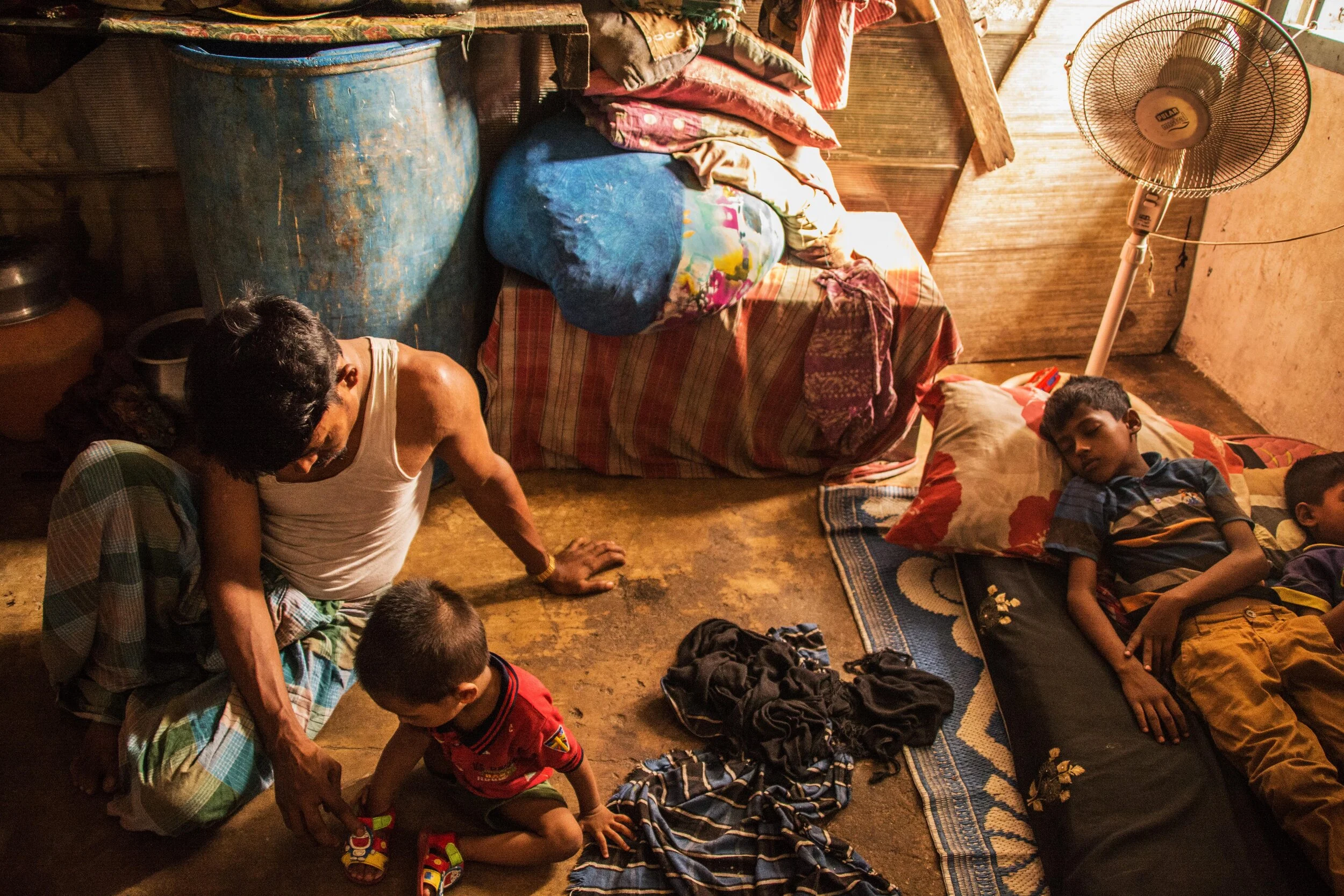Art
Human rights-focused programmes require a holistic and multidisciplinary approach, one that integrates many pathways of change towards lasting change. The disciplines of art and human rights often occupy a shared space and ponder the notions of humanity, identity and dignity and explore new ways of thinking about them. MAP strives to leverage the transformative power of arts and use it as a tool for outreach and advocacy.
Digital Stories
Atiqa
Immersive Exhibition
Photography
World Refugee Day Celebrations 2024
From hand-stitched treasures to global flavors and mesmerizing music, our World Refugee Day celebration was a feast for the senses!
Experience the rich cultural contributions of refugee artisans in this video.
Immersive Art Experience: Passage to Asylum
The journey that a person takes before they can call themselves a refugee is often long and arduous, fraught with uncertainties and disappointments. This experience, however, largely remains hidden from the public consciousness. Passage to Asylum aimed to set deeply personal experiences of displacement into the broader background of the operation of asylum laws and the systems they function within. The exhibition, held at the prestigious India International Centre in 2019, was conceptualised as a series of installations symbolically depicting stages of a refugee’s journey: Home, Conflict, Transit, Alien Country, Asylum Tribunal and Asylum, if they’re lucky or the Deportation Corridor, if they’re not. The accompanying profile cards and audio guide allowed patrons to immerse themselves in actual refugees’ stories, as they discovered their fate
Atiqa
Afghanistan is home to some of the oldest and finest embroidery techniques in the world. The craft has survived decades of war and turmoil, passed down through generations of women, who then brought it to India when they sought refuge here. MAP, in partnership with Dastkar India, envisioned Atiqa to create a transformative space for Afghan refugee women to use their skills in traditional embroidery, not only to secure a sustainable livelihood but also to have a therapeutic outlet for their common experience of being uprooted from their homeland. The project also allowed them to preserve their cultural identity and use art as an effective medium to forge a bond with the host population.
Photography
On World Refugee Day, 2019, MAP, in partnership with UNHCR, curated an exhibition at Alliance Francaise de Delhi, featuring photographs that capture the everyday lives of refugees in India. Alongside the photo-exhibition, the event also featured displays of handicrafts and traditional foods from the refugees’ countries, affording the visitors a more intimate insight into the rich cultural traditions that refugees bring with them to their new home.
Bringing Communities Together
Digital Stories
Stories have remarkable power to move people, institutions and structures and cut through barriers. MAP recognises this power and has strived to create a platform for refugees to take control of their narratives and allow them to be more than spectators in the discourse about refugee protection. Through storytelling, MAP hopes to both hold space for refugees to reclaim their lives from the notion of victimhood and to humanise the refugee crisis for decision-makers and the larger public.
























